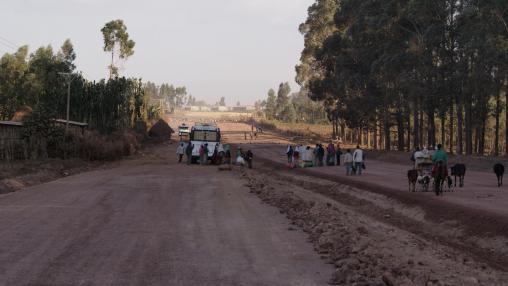
Does Increased Market Access Mean Better Nutrition?
Efforts to increase rural incomes and reduce rural poverty in developing countries often focus on policies to lower transport costs and increase market access among poor and remote rural populations. Despite the growing importance of such policies, however, it is not entirely clear to what extent and through which channels increased market access impacts rural individuals’ and households’ nutrition outcomes and overall wellbeing. A recent paper published in World Development seeks to answer these questions in the context of rural Ethiopia.
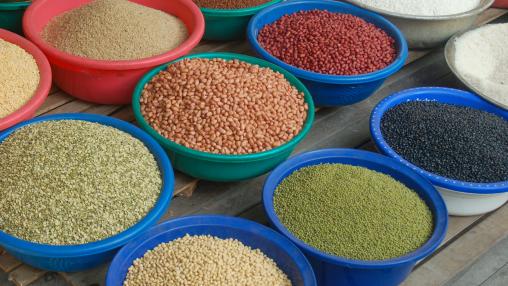
Measuring Kenya's Progress on Malabo Declaration Targets
At the African Union Summit in Malabo (Equatorial Guinea) in June 2014, African governments adopted the Malabo Declaration on Accelerated Agricultural Growth and Transformation for Shared Prosperity and Improved Livelihoods .
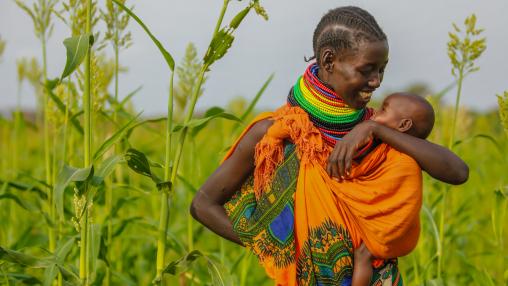
Household Production and Child Nutrition
In 2011, 44 percent of Ethiopia’s children under the age of five suffered from chronic malnutrition. [1] Reducing that number is important not only for children’s current health and well-being but also for their future health and economic productivity as adults. Thus, improving childhood nutrition by expanding children’s diets to include more nutrient-dense foods like legumes and fruits and vegetables has become an important goal for many policymakers.
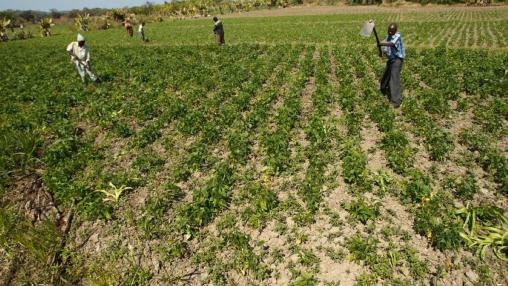
Summary of Virtual Dialogue: FSI for Food Access & Nutrition
Reliable, timely data is crucial to fight hunger and malnutrition and to drive overall development in Africa south of the Sahara; however, significant research and data gaps exist, in terms of both the availability of information and the effective, transparent use of that information by policymakers. (For further discussion of existing research gaps, read about our side event at the recent 2016 ReSAKSS Conference). Improving food security information (FSI) is therefore a development goal that goes hand-in-hand with eradicating hunger.
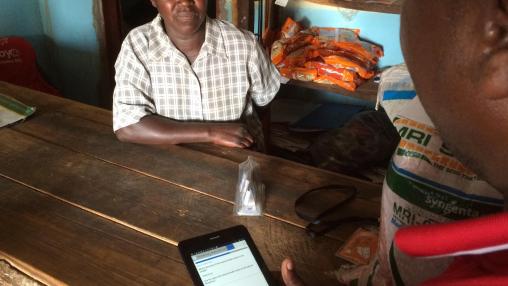
Virtual Dialogue: Food Security Information for Food Access & Nutrition
When it comes to policymaking, sound information is key. This is especially true for agriculture and food policies in Africa south of the Sahara, where hunger levels remain the highest in the world (2016 Global Hunger Index) and where agriculture accounts for a significant portion of GDP (17.1 percent in 2014; World Bank).
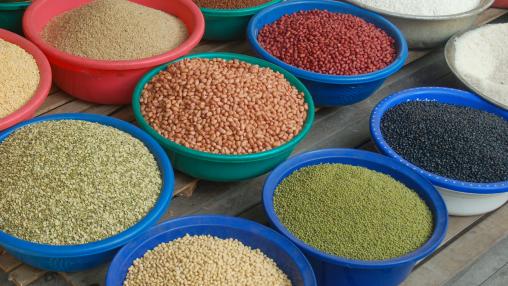
2016 ReSAKSS Conference Focuses on Nutrition
ReSAKSS: Achieving a Nutrition Revolution for Africa

Hunger in Africa Highest in World
While global hunger has fallen significantly since 2000, hunger levels in Africa south of the Sahara remain high – they are, in fact, the highest in the world. This is the finding of the 2016 Global Hunger Index , released today by IFPRI, Concern Worldwide, and Welthungerhilfe.

Food and Nutrition Security under CAADP
The April 2016 meeting of the CAADP Partnership Platform called for renewed efforts to meet the 2003 Maputo commitment to invest at least 10% of public budgets in agriculture, as reiterated in the 2014 Malabo Declaration. Mainstreaming nutrition in the National Agricultural Investment Strategies has been a goal for regional planners but a number of knowledge gaps still exist. Research has shown that CAADP has been successful in improving the effectiveness and transparency of agricultural policy-making in Africa, increasing the political cachet of the agricultural sector, and promotin
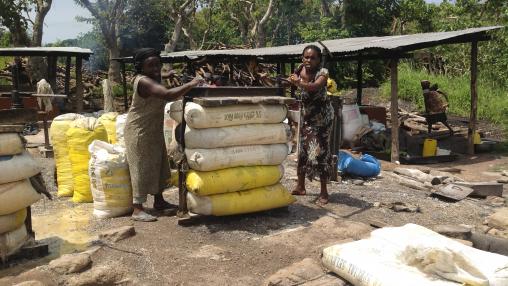
Impacts of CAADP on Africa’s Agriculture-led Development
In 2003, the member countries of the African Union launched a new initiative aimed at increasing food security and reducing poverty through the growth and development of the region’s agricultural sector. The Comprehensive Africa Agriculture Development Program , or CAADP, set a target of 6 percent annual average growth in the agricultural sector, as well as the allocation of 10 percent of total annual government expenditures to the sector.
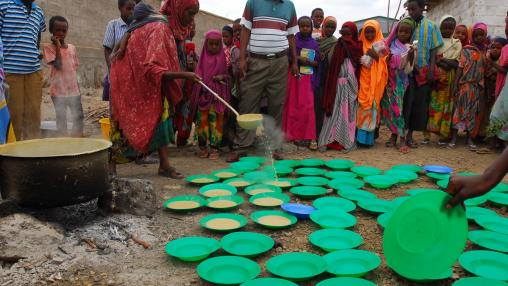
Africa's Stories of Change in Nutrition
IFPRI’s “Stories of Change in Nutrition” series of publications examines evidence from countries with high burdens of malnutrition in order to better understand how nutrition policies are made and how these policies are implemented on the ground. In Africa south of the Sahara, the series thus far covers Ethiopia , Zambia , and Senegal .